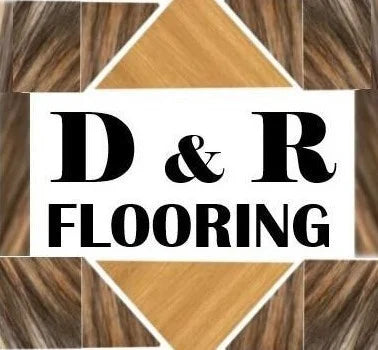
Vinyl flooring layers
Share
Vinyl flooring is a type of flexible flooring that has a layered structure. In the process of making vinyl flooring, the layers of vinyl flooring are placed on top of each other, pressed, entirely connected, and finally form a single product.
Vinyl flooring layers are different layers. The presence or absence of each of these layers directly impacts the performance and efficiency of vinyl flooring.
The layers of Vinyl flooring can be divided into three general groups:
- The first group of these layers only has a beautifying function, like a printed patterned layer or a layer that creates texture.
- The second group of these layers has a protective role and protects other layers, such as the UV-resistant or moisture-resistant layers.
- The third category of these layers is functional layers, such as the fiberglass layer or the layer that provides the floor’s stability.
Types of Layers in Vinyl Flooring
Typically, vinyl flooring layers are 4 or 6 functional and fundamental layers. These layers are present in all vinyl floors, but some manufacturers also produce floors with more layers according to their products’ technical specifications.
Top Coat: This layer is one of the layers found in some vinyl floorings and, if any, is the top layer of the flooring. As a protective layer, this layer is responsible for protecting other layers against UV rays and is sometimes used to create gloss in vinyl flooring.
Wear Layer: Wear Layer is a standard layer of vinyl flooring and is present in all vinyl flooring types. This layer, which is usually made of Polyurethane (PU), is one of the most critical layers of vinyl flooring. Its primary function is to protect the printed pattern layer against abrasion and scratches. The Wear Layer protects the patterned layer against any damage. The thicker the layer, the better the performance. If you are using vinyl flooring in high traffic spaces, the layer should have a more increased thickness.
Pattern Layer: The pattern layer, like (Wear Layer), is one of the layers present in all vinyl floors. This layer is the result of printing a very high-quality image that forms the appearance of vinyl flooring. This image can be a monochrome image or an image of wood, ceramic, or other textures. Due to the high quality of the print, the printed image contains all the details and is very similar to reality.
Stability Layer: This layer is responsible for creating stability and sturdiness in vinyl flooring. The material of this layer is generally PVC, which is often reinforced by a layer of fiberglass mesh. This layer has different thicknesses depending on the type of flooring and its application.
Backing Layer: This layer is responsible for protecting the top layers against rising moisture from the floor. Not all vinyl floorings have this layer, and sometimes this layer has to be applied separately. Vinyl flooring is often produced without this layer, and the consumer must first apply the protective layer on the floor and then place the vinyl flooring
Finally, it should be noted that, since different companies produce their products with a variety of technical specifications and different names, the naming of vinyl flooring layers is also different. The number of layers can be different according to the technical specifications of the products. But the function of the main layers mentioned above is the same in all vinyl floors.
